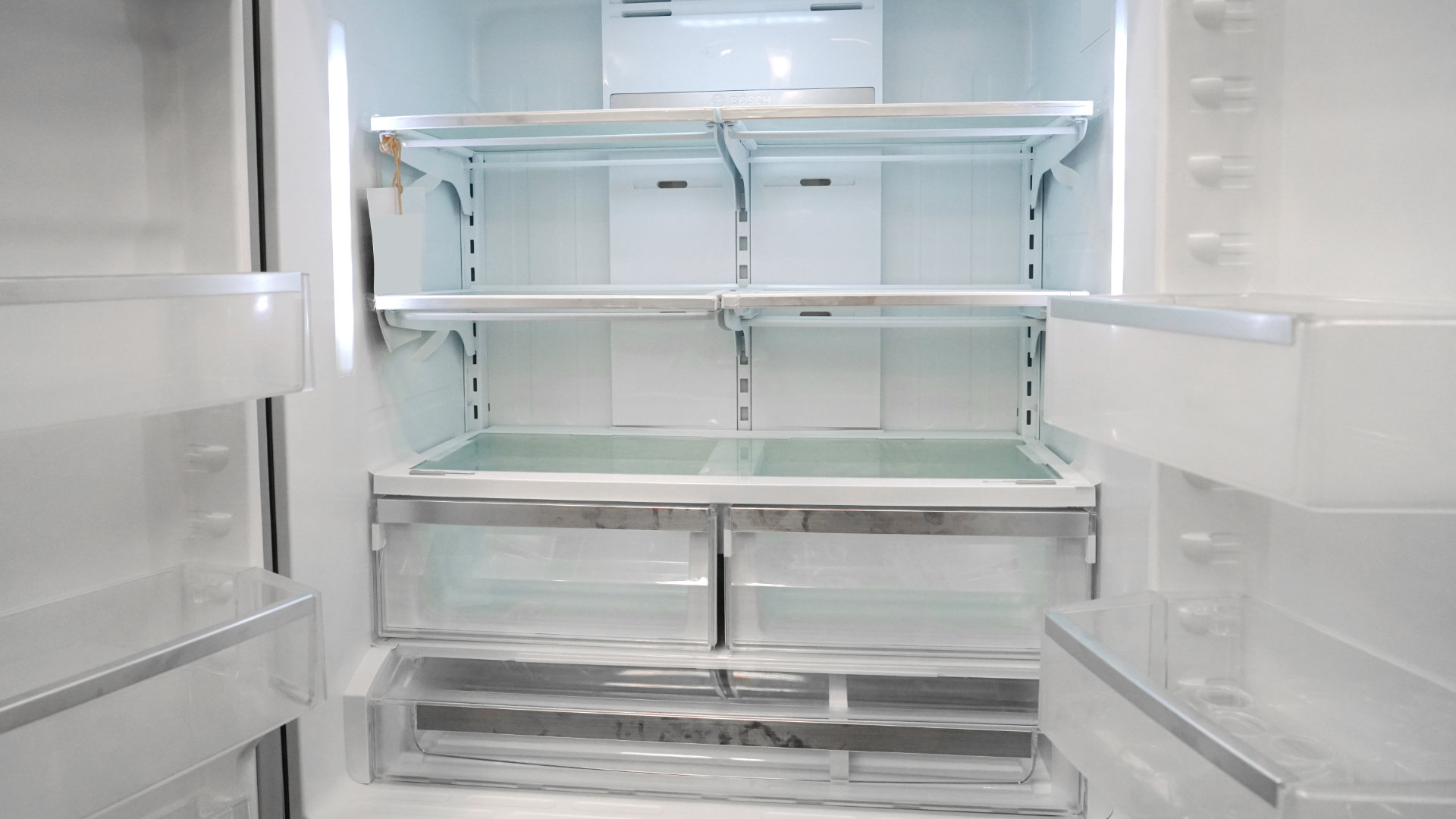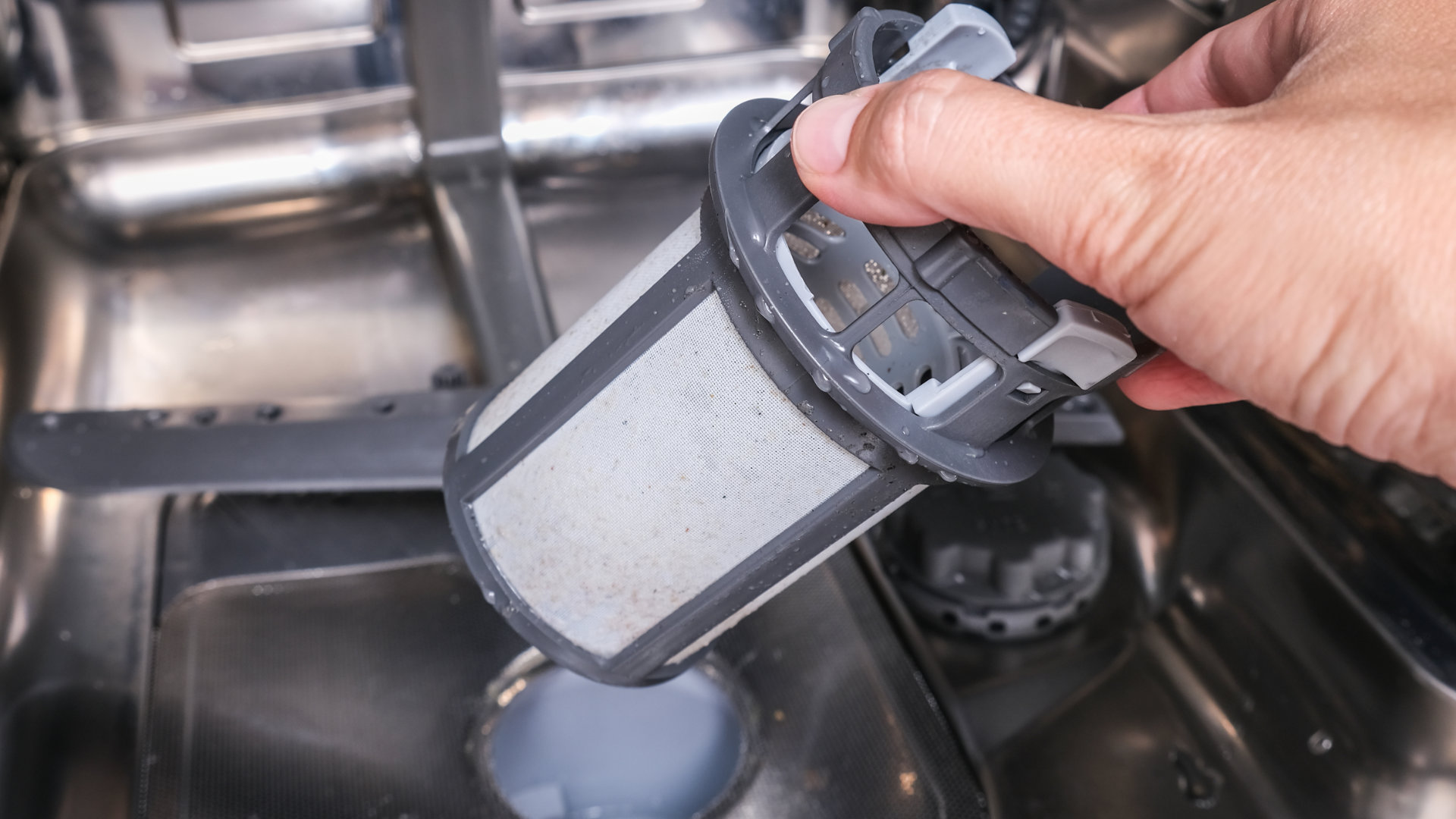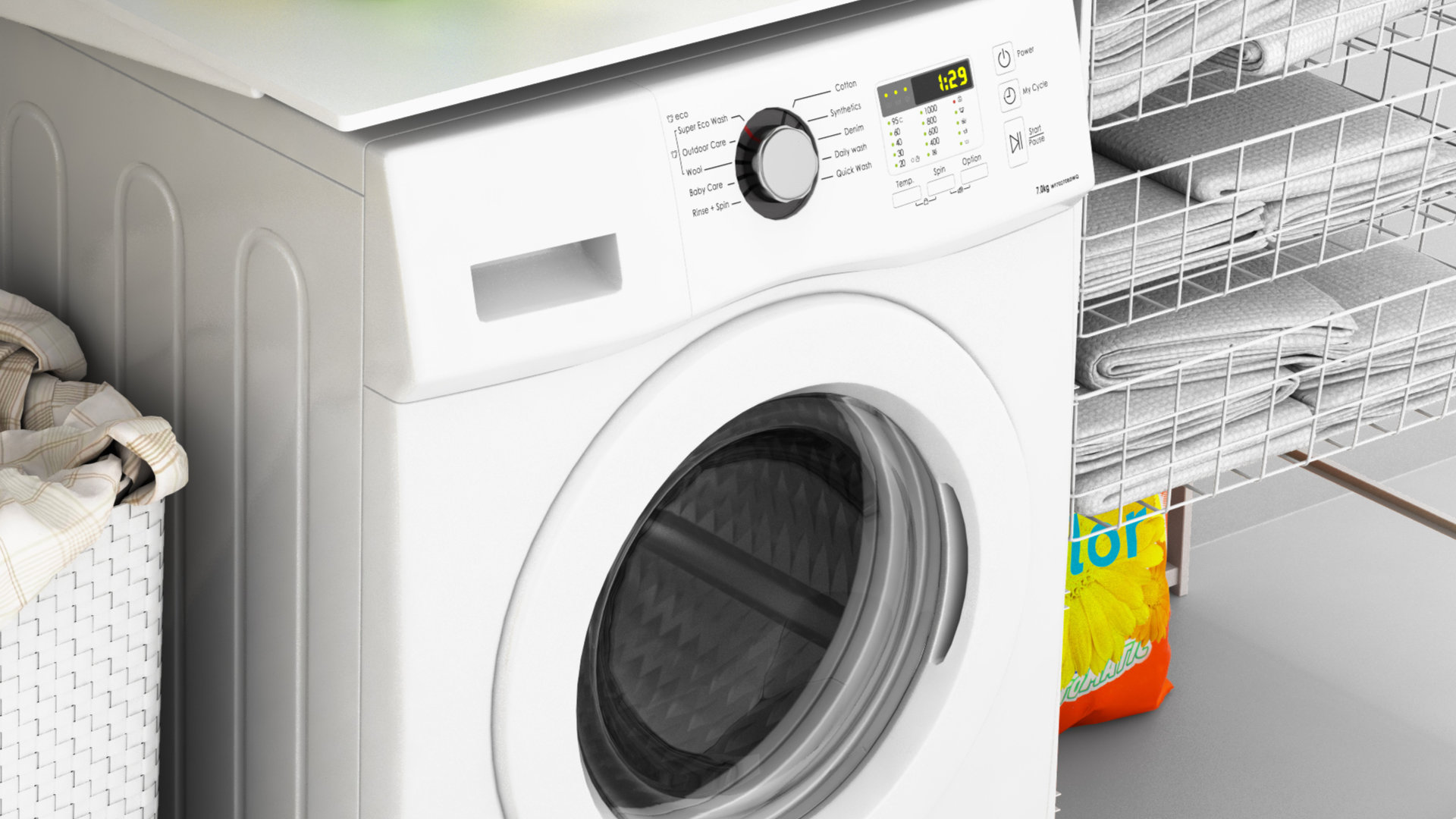
If your GE microwave isn’t heating, there is most likely something wrong with one or more of the internal components. If this is the case, the faulty component will need to be repaired or replaced before your microwave will start working again.
Before we go any further, we need to make it clear that fixing a microwave requires you to have specialist knowledge and the right tools. This is because it’s a very dangerous task. If your GE microwave isn’t heating and you’re not experienced in working with the internal components of a microwave, you should get a technician to inspect your appliance.
This guide covers all major GE microwave models, including:
56-289610-02
56-2899-10
JE101901
JE101902
JE1019H01
JE1019H02
JVM1540DM5WW
JVM1540SM5SS
JVM1790SK01
JVM1860SF001
JVM1870SF001
JVM1870SF02
JVM1950SR1SS
JVM2070SH001
JVM2070SK02
JVM3160DF2WW
JVM7195SF1SS
PVM1870SM1SS
PVM1870SM3SS
PVM1970SR1SS
SCA1001KSS02
Let’s go through the most likely components within your GE microwave that will need to be checked, and if faulty, replaced.
The microwave diode
The diode in your microwave converts the A/C power that comes out of the transformer to D/C so the voltage doubles. This is required for the magnetron to receive enough power to be able to heat food. The diode can sometimes burn out, which means the magnetron won’t get enough power and your microwave won’t be able to operate correctly.
Inspecting the diode requires removing the casing of the microwave and inspecting the diode for signs of damage. If damaged,a new diode will need to be installed. If there is no obvious damage, it will need to be checked with a multimeter to ensure voltage levels are correct. If the voltage levels are incorrect, a new diode must be installed.
Remember, you shouldn’t test a diode unless you have experience working with microwave components. This is due to the microwave storing electricity in the high voltage capacitor, posing a serious risk of electric shock if you don’t handle it properly. The same warning applies to checking all of the other components in your microwave.
The door switch
If the diode is working correctly or if replacing it doesn’t fix your microwave, the next component to check is the door switches. Most microwaves have three or four switches that monitor when the door is open and closed. If one or more of the switches becomes defective, the control board may think the door is open when it isn’t, which will stop your microwave from heating.
The door switches need to be checked with a multimeter for continuity. If any of the switches fail the test, they will need to be replaced. To test the switches, you will need to first locate them and then disconnect them. This will involve removing panels from your appliance. Your owner’s manual will have detailed instructions to help you locate the door switches.
The magnetron
If the door switches are working correctly, or if replacing them didn’t get your microwave working again, the next component to check is the magnetron. The purpose of this component is to generate the frequency that heats your food. If it burns out, your microwave won’t be able to heat.
To check the magnetron, you need to locate it and check for signs that it has burned out. If it has burned out, a new magnetron will need to be installed. If you don’t know where the magnetron is, consult your user manual.
The thermostat
If the magnetron isn’t burnt out, or if replacing it didn’t get your microwave working again, the next component to check is the thermostat. Sometimes the thermostat can become defective and prevent voltage from reaching the high-voltage components within your appliance that heat food.
To determine if the thermostat is faulty, you need to locate it and test it with a multimeter for continuity. If it’s faulty, replace the thermostat. If working correctly, you will need to check the next component.
The high-voltage capacitor
In our guide for how to repair a GE microwave that isn’t heating, the next component to check is the high-voltage capacitor. The purpose of this component is to work with the high-voltage diode to make sure your microwave has enough voltage to operate correctly.
To test the high-voltage capacitor, you need a VOM meter that has a capacitance testing function. If the component is faulty, replace it.
The high-voltage transformer
If the high-voltage capacitor is working correctly, or if you don’t have the correct VOM meter to test it, you will need to check the high-voltage transformer next. This component also helps your microwave generate enough voltage to operate correctly.
You don’t need to test this component with a multimeter. Instead, locate it and check if the transformer has burned out. If so, replace it.
The thermal fuse
If the high voltage transformer is not burnt out, or if replacing it hasn’t fixed your microwave, the next component to check is the thermal fuse. The thermal fuse keeps track of the temperature in your microwave. If it overheats, the thermal fuse tells the control board to switch the microwave off. If it becomes defective, your GE microwave won’t heat.
To determine if the thermal fuse is faulty, you need to locate it and test it with a multimeter for continuity. If faulty, a new thermal fuse will need to be installed. If it’s working correctly, you will need to check the next component.
The thermo-protector
If the thermal fuse is working correctly, or if replacing it doesn’t get your microwave working again, the next component to check is the thermo-protector. The purpose of the thermo-protector is to switch your microwave off when it overheats. If it’s faulty, your GE microwave will stop heating.
To determine if the thermoprotector is faulty, you need to locate it and test it with a multimeter for continuity. If it’s faulty, it will need to be replaced. If it’s working correctly, you will need to consider replacing the main control board.
The main control board
If all of the components listed above are working, you may need to replace the main control board. The main control isn’t usually the cause of a microwave not heating, but if you have tried everything else, you will need to consider replacing it. You can also consider the option of buying a new microwave instead.

How to Reset a Whirlpool Refrigerator Ice Maker

6 Reasons Your LG Refrigerator Is Not Making Ice

Kenmore Fridge Ice Maker Not Working? 5 Ways to Fix It

How to Remove Fish Smell from Your Refrigerator

How To Fix Bosch Dishwasher E24 Error

Troubleshooting a Whirlpool Dishwasher Not Draining

Why Is Your Fridge Water Not Working, but Ice Is?

How to Fix the E15 Bosch Dishwasher Error Code

How Much Power Does a Microwave Use?

How to Properly Clean Refrigerator Coils

How to Fix an LG Washer Showing OE Error Code

Troubleshooting a GE Dishwasher with No Power and No Lights

10 Reasons Why Your Bosch Dishwasher Won’t Start

Troubleshooting the F5 Error Code with a Maytag Washer


